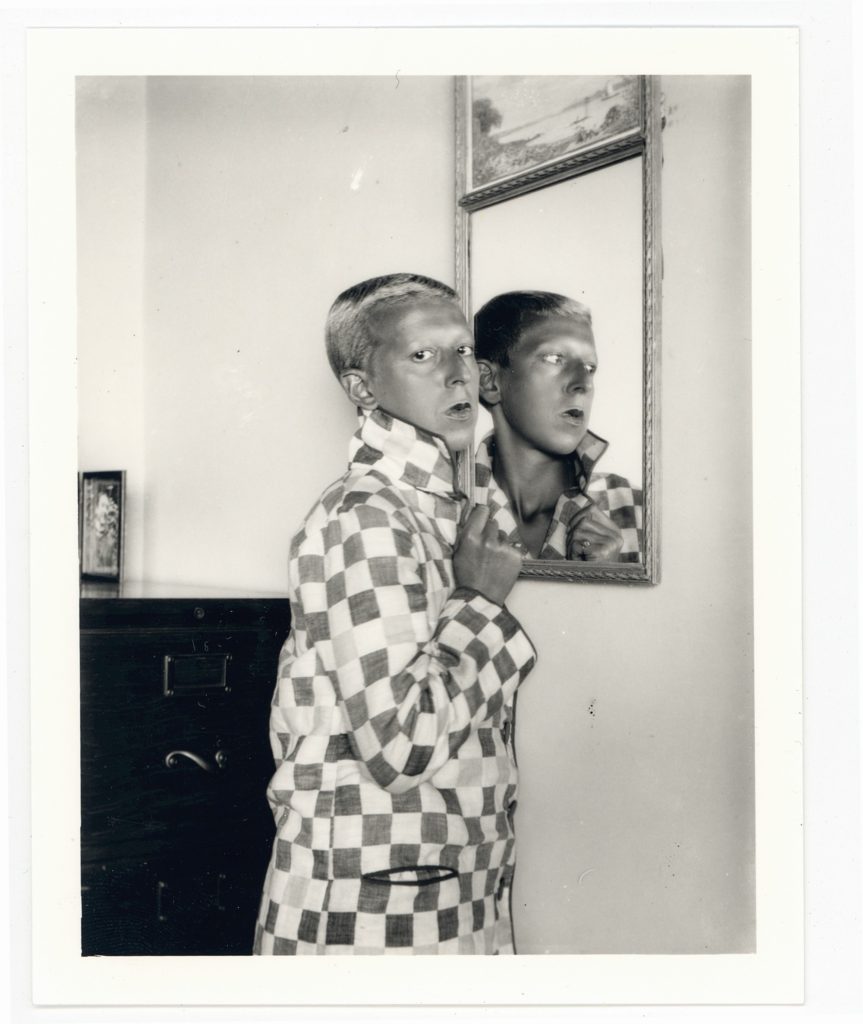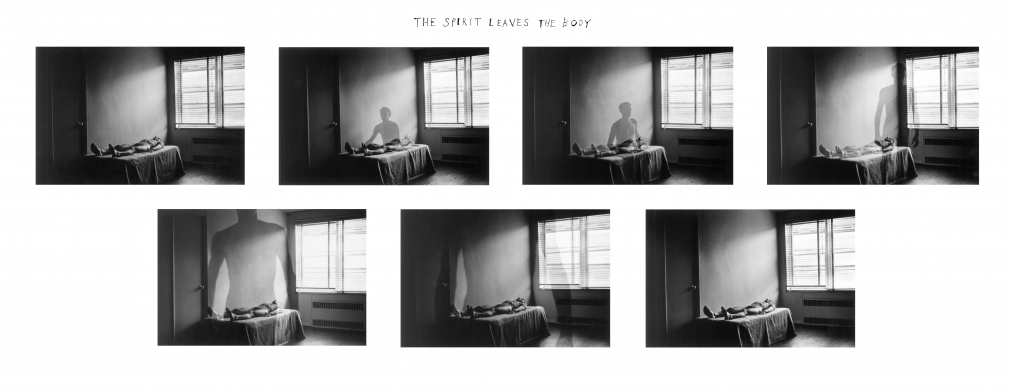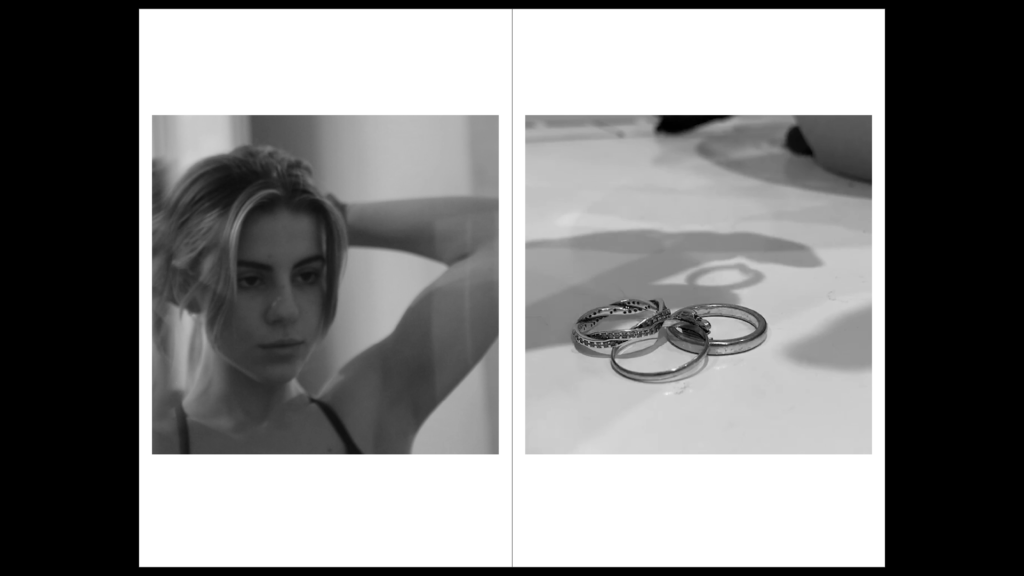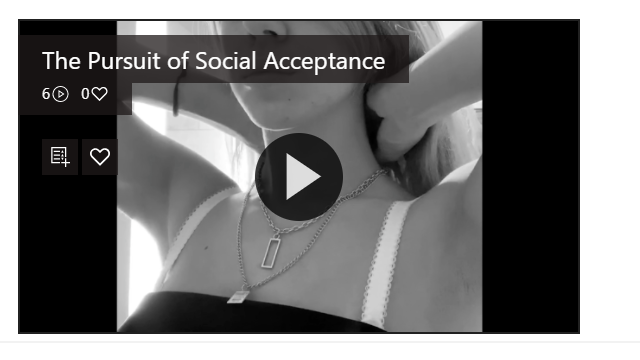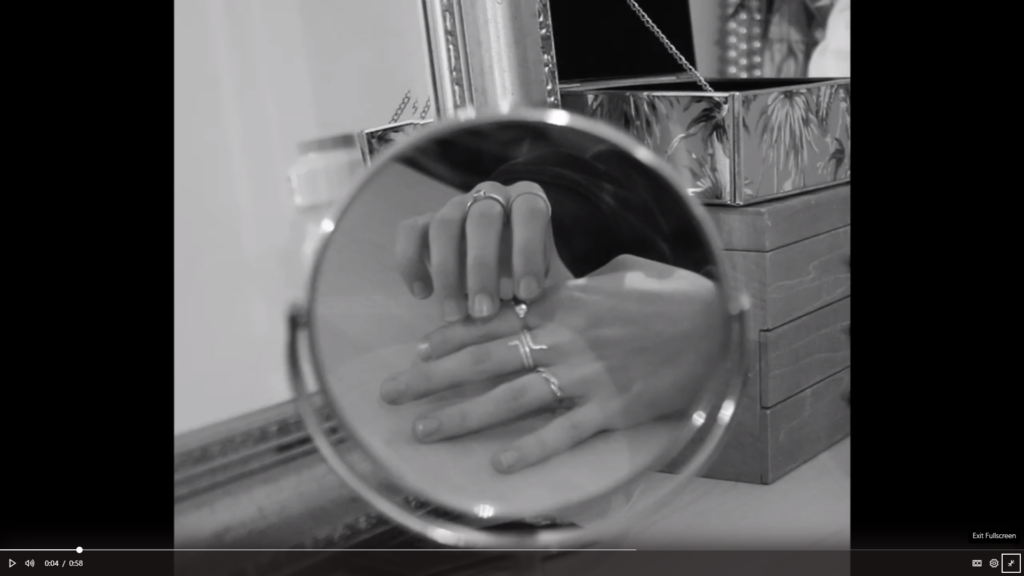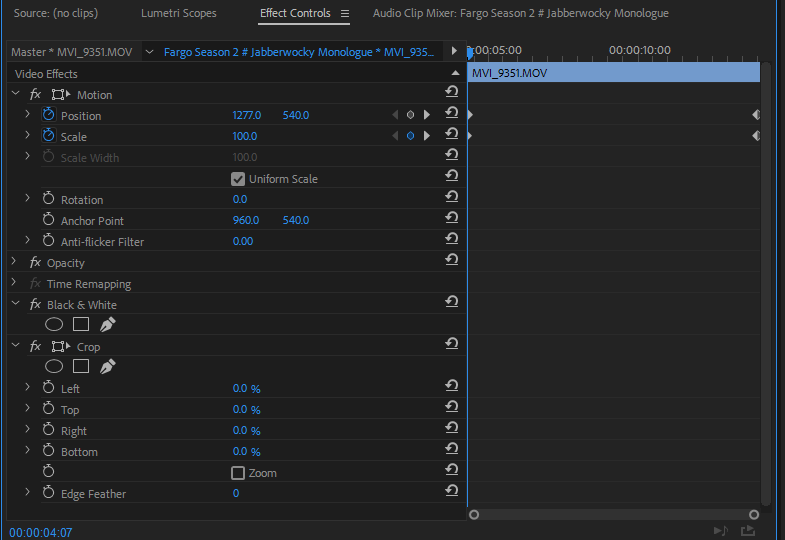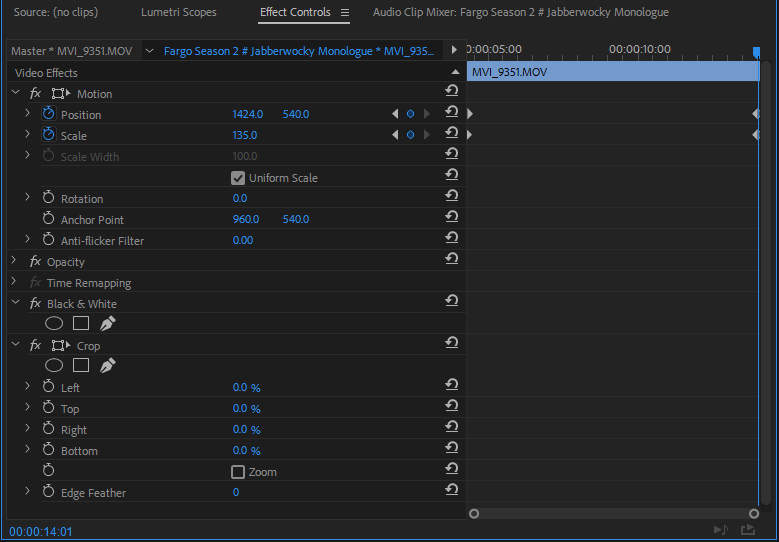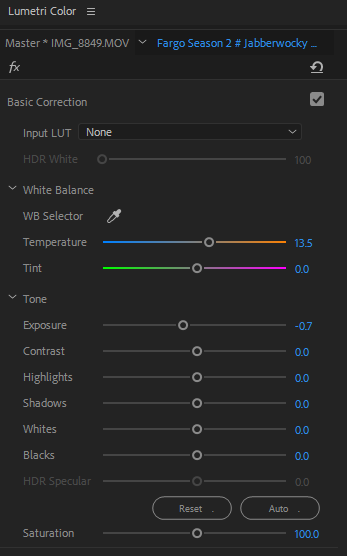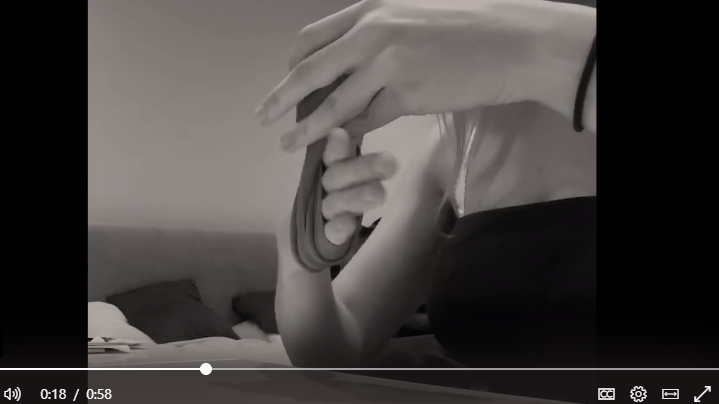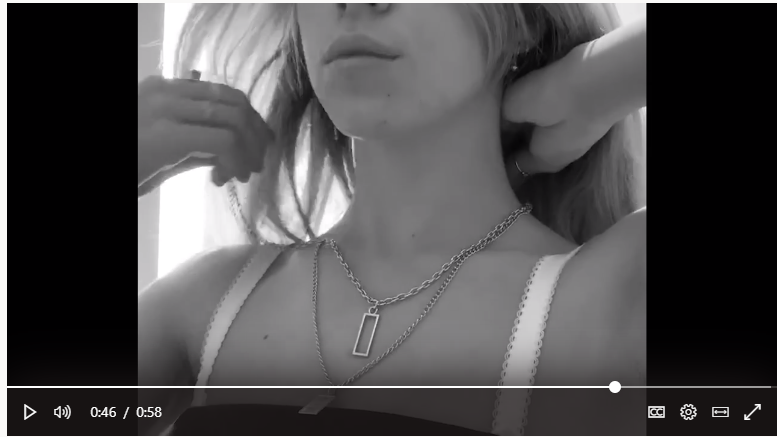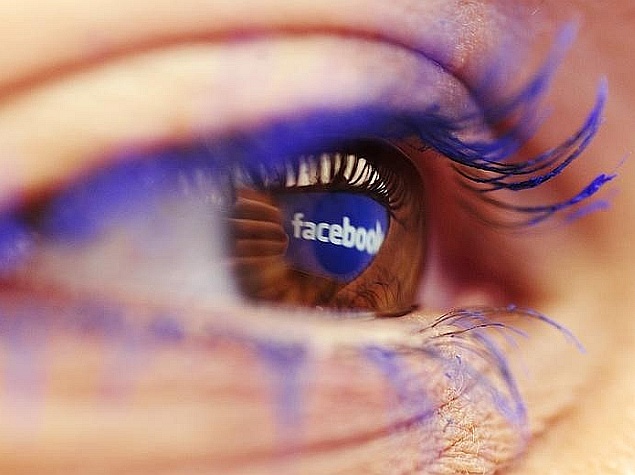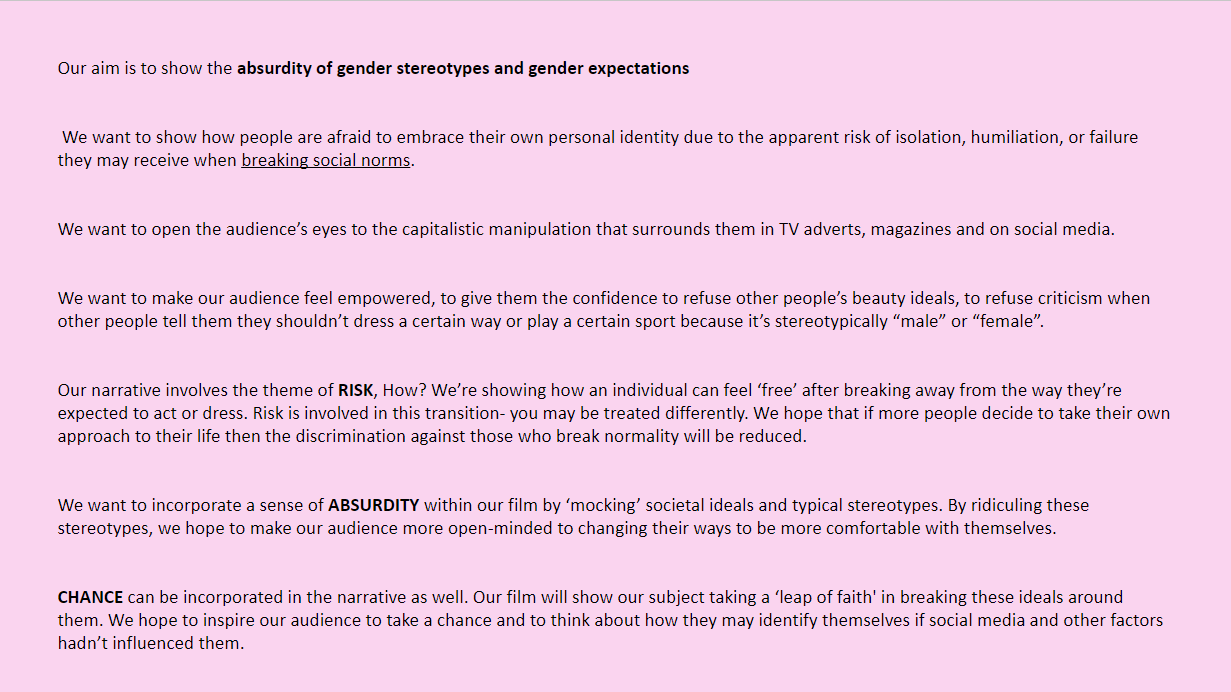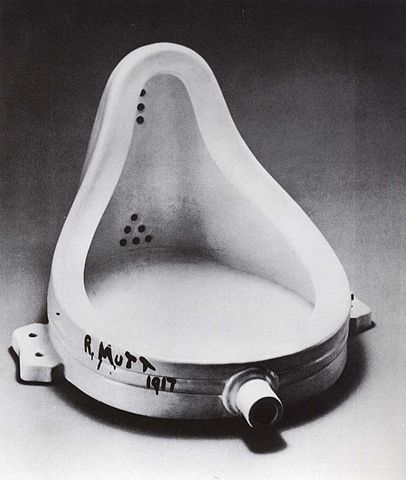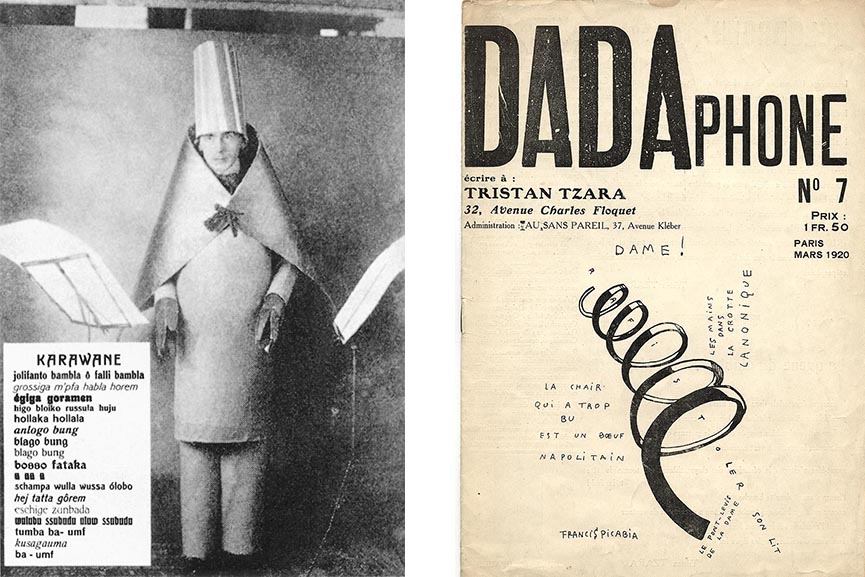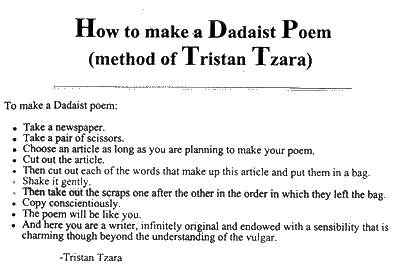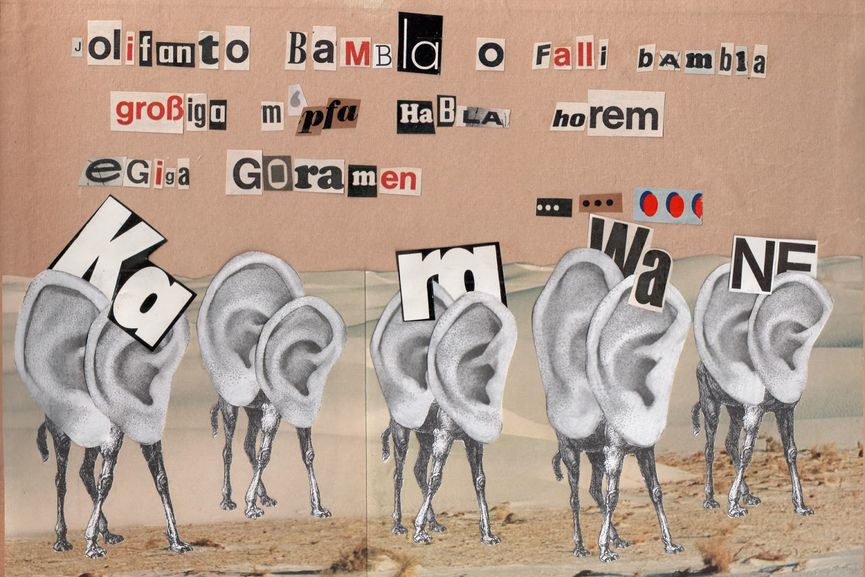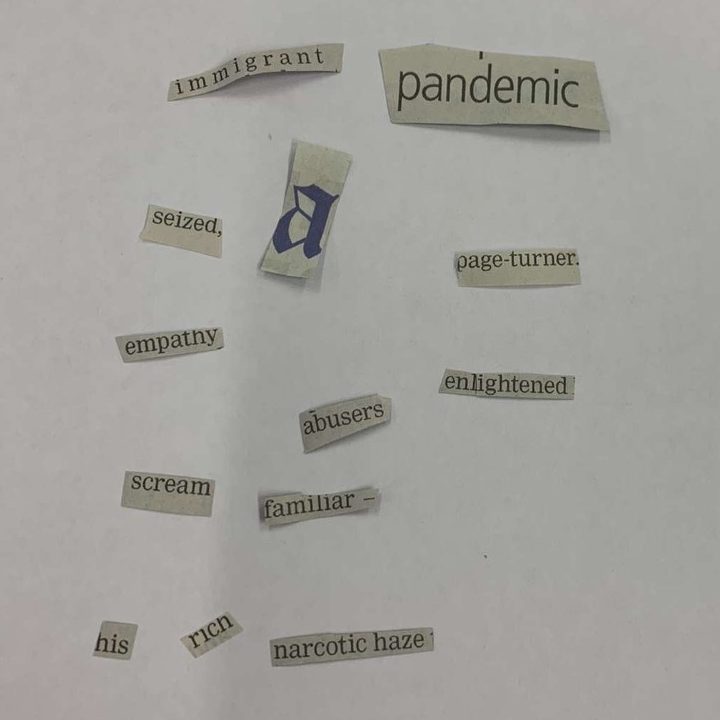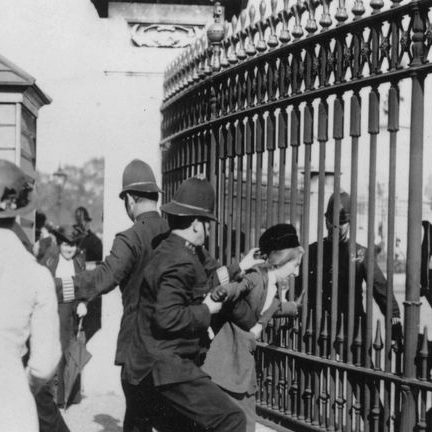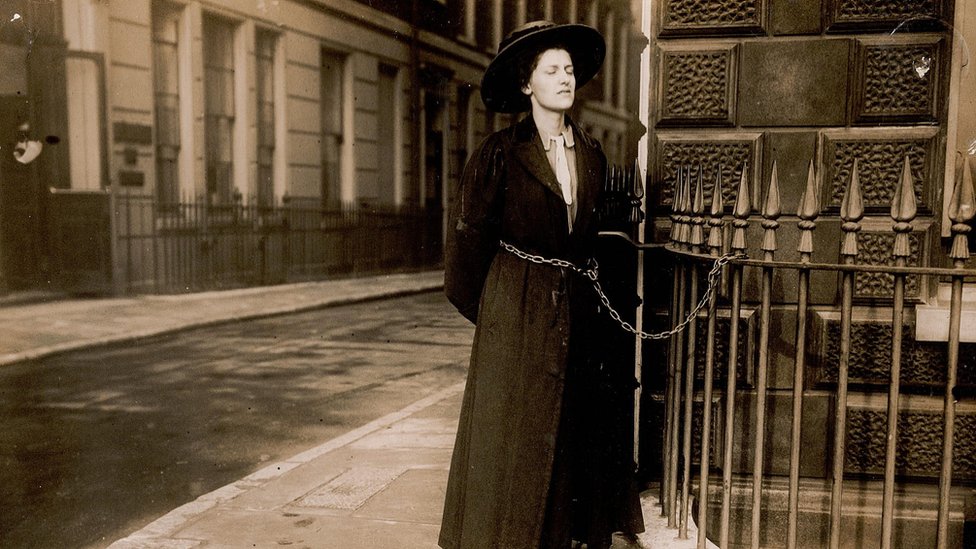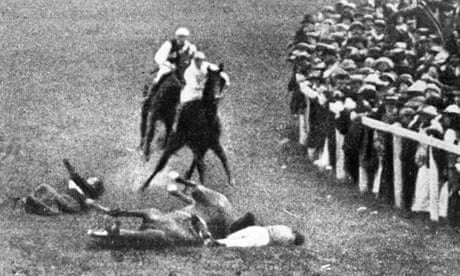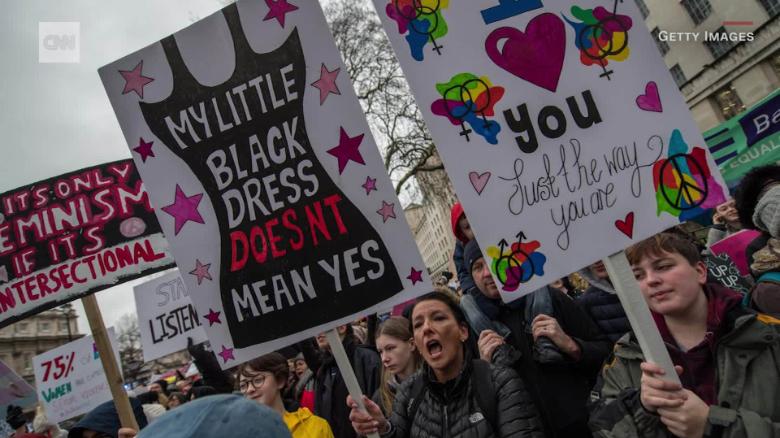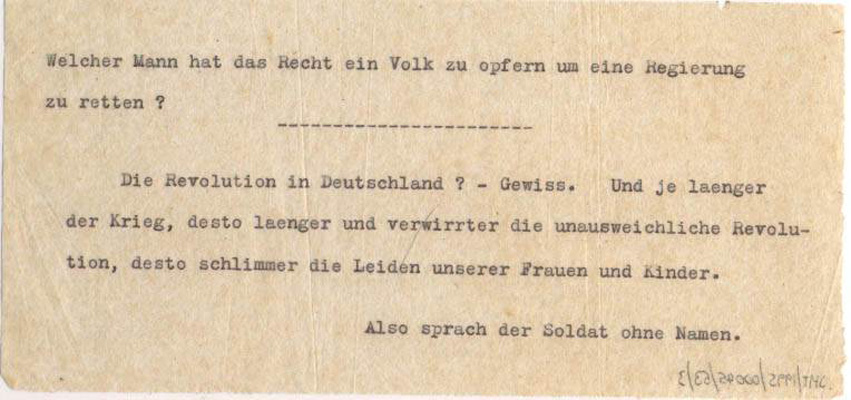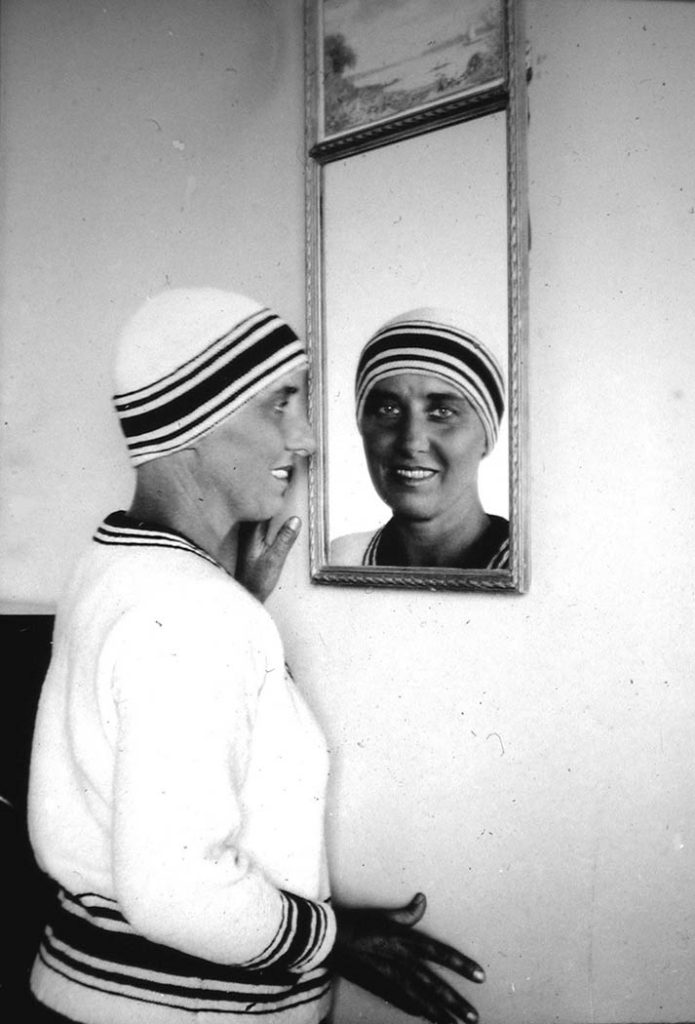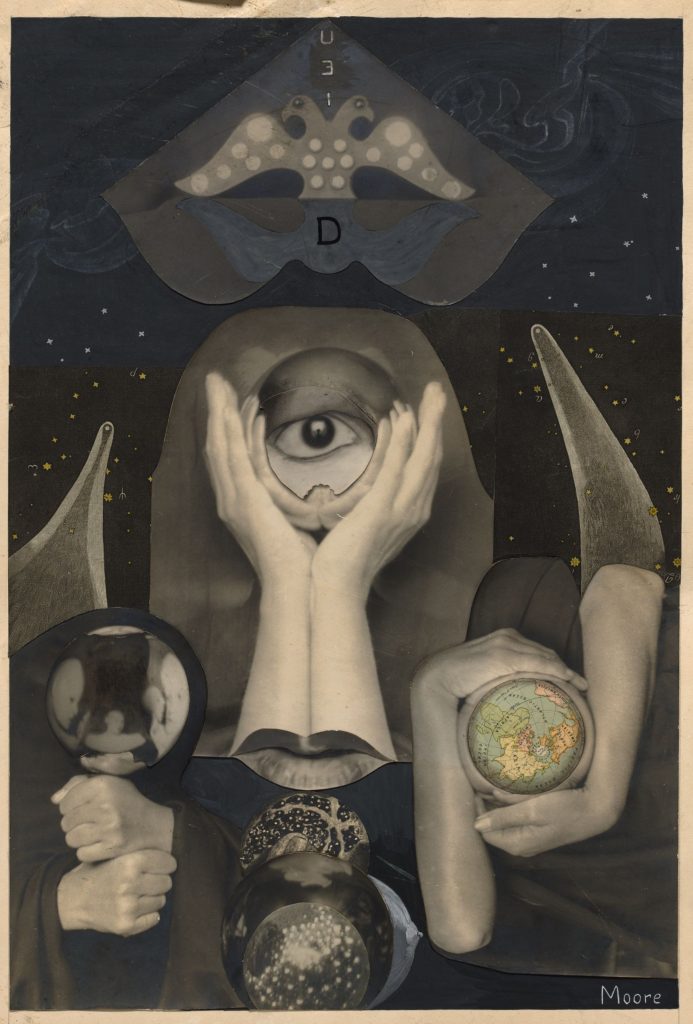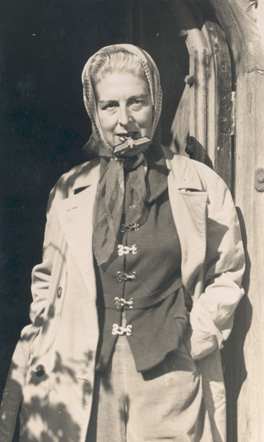Reflecting on what I’ve learnt:
As a medium, photography has had the biggest impact on me. The production of photo-books, specifically, is inspirational as it requires the photographer to consider how all the photos link together and to consider what order they need to placed to create the strongest emotional impact on the viewer. Photo books are highly versatile and can produce narratives which can be manipulated by both the photographer and the viewer. The use of juxtaposition, black and white, symbolism, etc. may make images ambiguous, leaving the interpretation up to the viewer and sparking their imagination
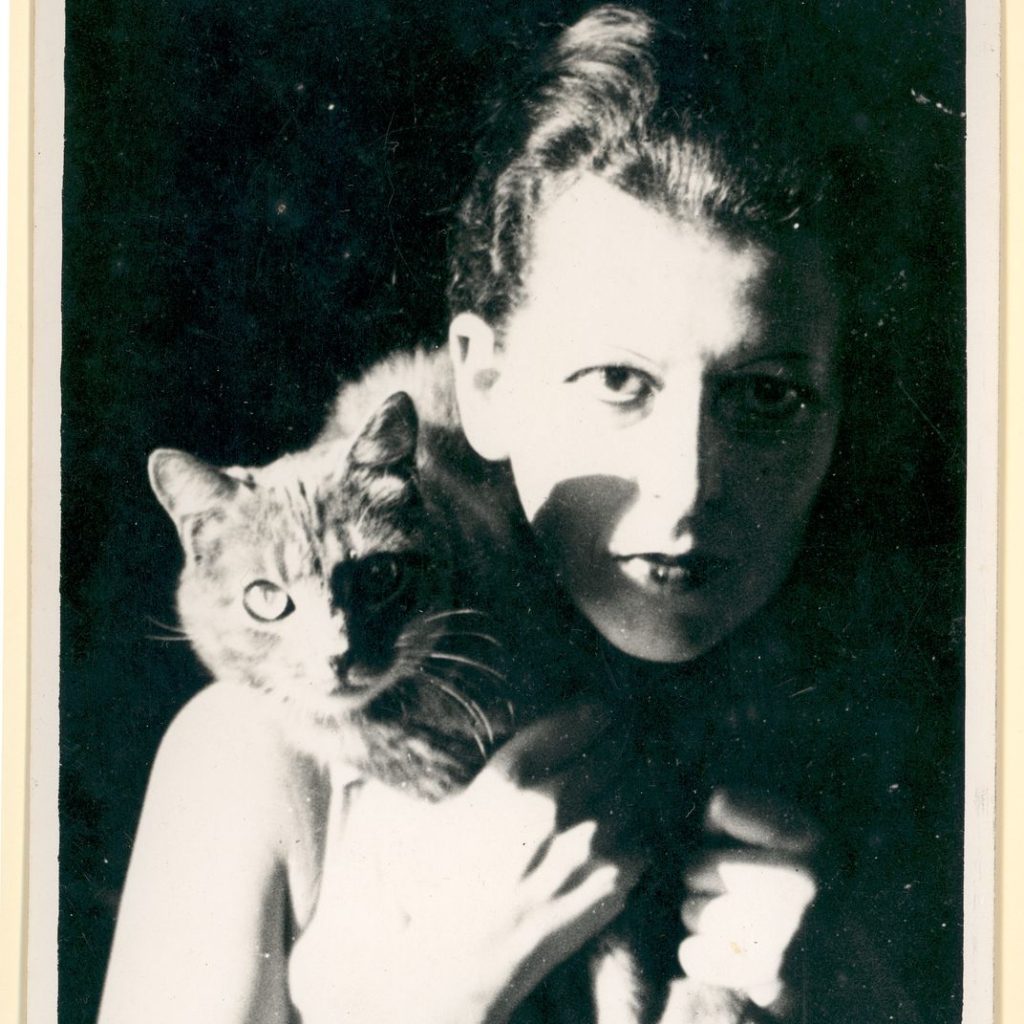
Documentary photography from artists, such as Chloe Jafe, can give insight and understanding into subcultures that are heavily criticised and regarded with contempt as well as empowering the individuals within these niches.

Additionally, Claude Cahun’s work is inspirational due to how influential its become in gender politics. Cahun’s rejection of current beauty standards and gender expectations has made her work highly relevant in modern society, as gender binaries are slowly becoming less strict.
Interpreting Love
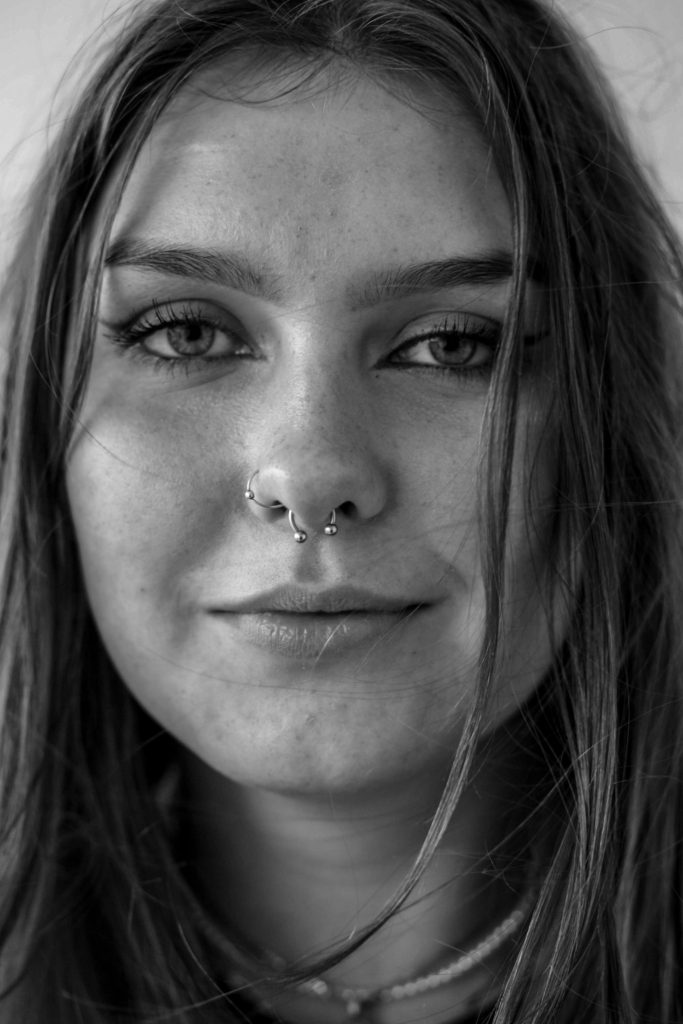
In my personal investigation of love, I decided to explore the depth of friendships and exhibit the intimacy that can occur between individuals. To capture this, I often asked my subjects to create direct eye contact with the camera, as well as keeping close proximity between the camera and the subject I was photographing. Through experimentation during my shoots I found the importance of making sure the subject is comfortable and confident around the camera, as well as discovering the strong effects of close-up shots.
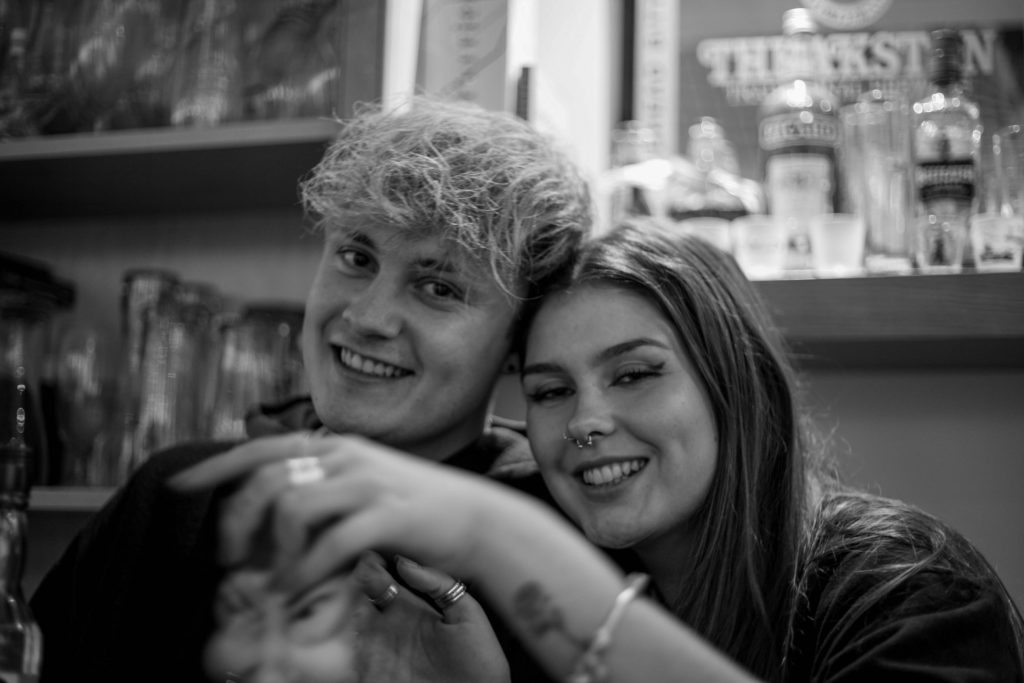
I also incorporated people who important to my subjects. I wanted to capture the joy and happiness brought about by their presence which is prominent in many of my photos.
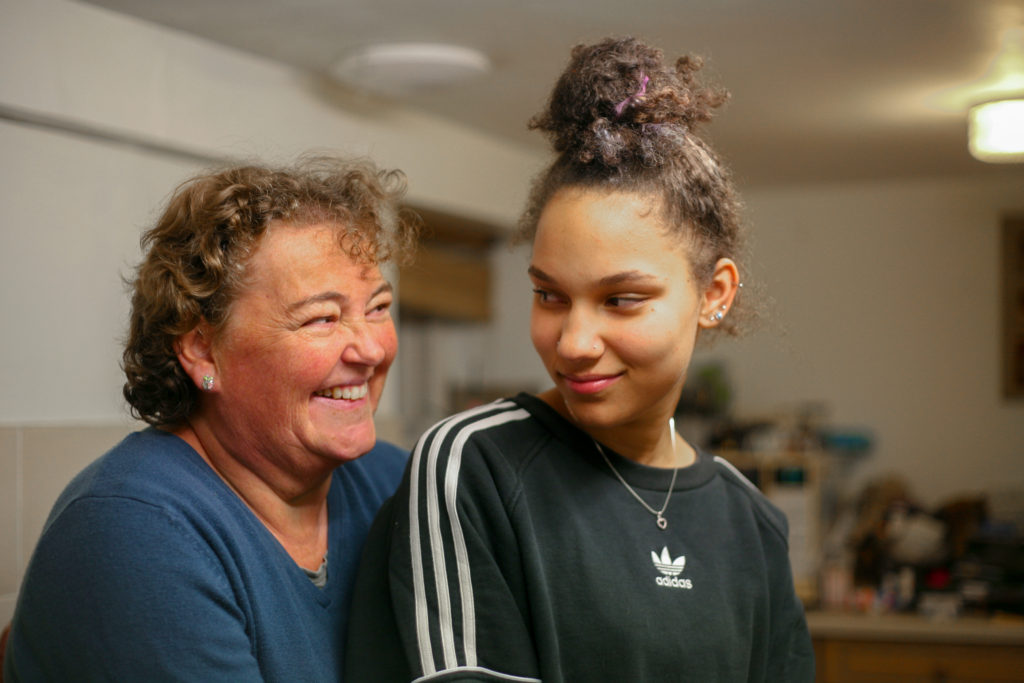
Additionally, I incorporated the aspect of family, highlighting that who you consider your family may not necessarily be blood-related to you. I also aimed to capture the playful nature within many familial and platonic relationships, which can be seen through the coy expression on my subject’s face.
A major inspiration to my work within the theme of love was Rita Puig-Serra Costa, whose work focused on the depth of love that can be expressed after undergoing an immense amount of grief. Within her photo-book ‘Where mimosa bloom‘, Costa explored people and places that held significance to her and her relatives throughout her childhood and throughout the experience of her mother’s demise. I was inspired by this and explored both natural and urban landscape photography to link with the portraits of my subjects.
Interpreting Rebellion
To explore the theme of rebellion, I used the medium of film, creating the piece ‘The Pursuit of Social acceptance‘. This proved to be extremely insightful as I had to consider where the focus of the audience would be when the normally-still-images are now moving. Additionally, within the film I felt I had to be completely confident with the one idea as all the footage had to link to each other. I also had to consider how sound can affect how my images (or moving stills) would be interpreted. The production of the film taught me to be highly organised in my planning, shooting and editing of the project.

